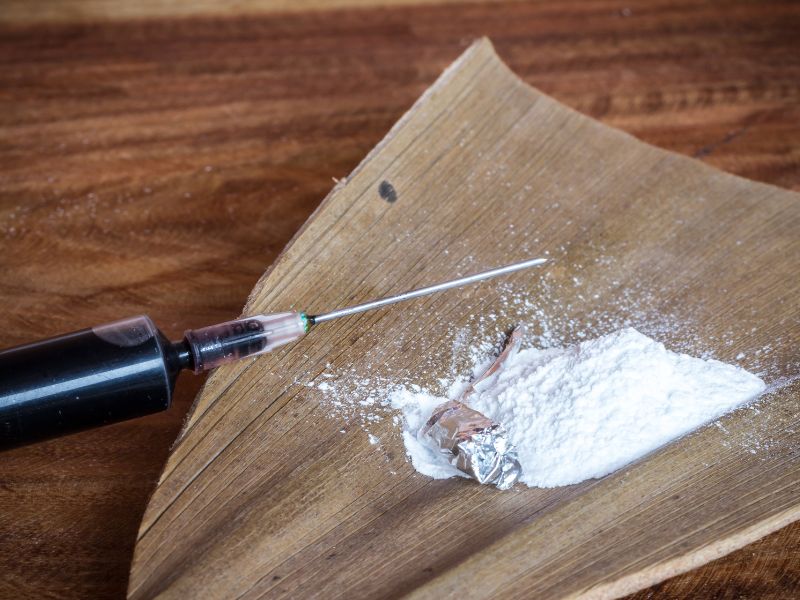Introduction
Needles, drug paraphernalia, and sharps (needles and syringes) pose significant health and safety risks when improperly handled or discarded. As communities grapple with substance use issues, it’s essential to address these challenges responsibly. This blog will explore the importance of needle clean ups, sharps removal, and dealing with drug paraphernalia in a safe and effective manner.
Understanding the Risks
- Sharps and Health Hazards: Needles, or items used for injections like syringes, can carry infectious diseases when discarded improperly. HIV, hepatitis B, and hepatitis C are potential risks associated with needle clean ups. Accidental needlestick injuries can expose individuals, including children, to these risks.
- Drug Paraphernalia: Drug paraphernalia includes items like pipes, syringes, bongs, and more. Handling or disposing of these items can expose individuals to harmful substances or residues, making it essential to exercise caution.
Best Practices for Needle and Sharps Removal
- Safe Disposal Containers: Provide sharps containers for individuals using needle clean for medical purposes. These containers should be puncture-resistant, leak-proof, and kept out of reach of children and pets.
- Needle Exchange Programmes: Support and promote needle exchange programmes that allow individuals to exchange used needles for clean ones. This not only reduces the risk of disease transmission but also provides an opportunity for outreach and education.
- Needle Drop-Off Locations: Establish accessible drop-off locations, such as pharmacies, hospitals, or community centres, where individuals can safely dispose of used needles.
- Education and Awareness: Educate communities about the dangers of improper needle clean up and sharps disposal and the importance of safe handling and storage.
Dealing with Drug Paraphernalia
- Use Gloves and Masks: When handling drug paraphernalia, wear gloves and masks to protect yourself from potential exposure to harmful substances or contaminants.
- Never Touch with Bare Hands: Never touch drug paraphernalia with bare hands. Use tongs, tweezers, or a similar tool to pick up and handle these items safely.
- Seal in a Secure Container: Place drug paraphernalia in a secure container, such as a plastic bag, and seal it tightly. Avoid crushing or breaking the items during this process.
- Dispose Properly: Dispose of sealed drug paraphernalia in a way that prevents others from coming into contact with it. Contact local authorities or organisations for guidance on disposal methods specific to your area.
- Community Education: Educate community members about the risks of handling drug paraphernalia and encourage them to report any discarded items they come across.
Conclusion
Proper needle cleans or sharps removal, and responsible handling of drug paraphernalia are essential to protect the health and safety of individuals and communities. By implementing safe disposal practices, supporting needle exchange programmes, and educating the public about the associated risks, we can reduce the harm caused by improper disposal and handling of needles, sharps, and drug paraphernalia. Together, we can create safer and healthier environments for all.
Did you know? We offer a range of other specialist biohazard cleaning services including hoarding clean up, clean up after death and trauma and crime scene clean up. Contact us on 02036408247 or email us at [email protected] for further information.

